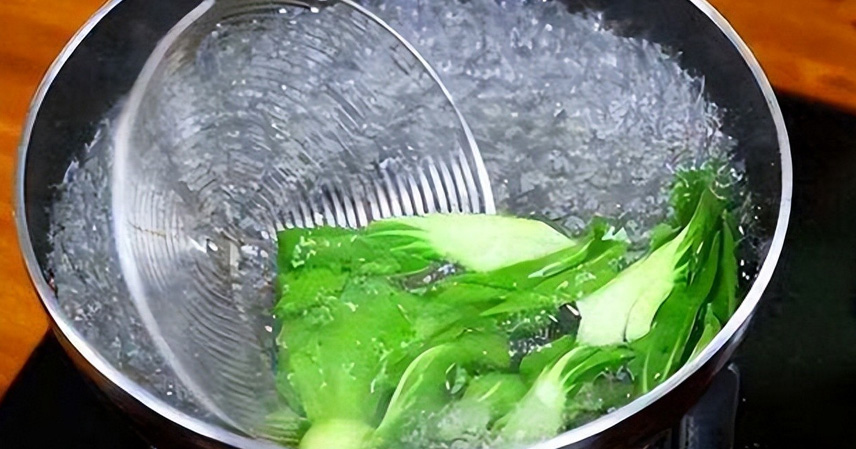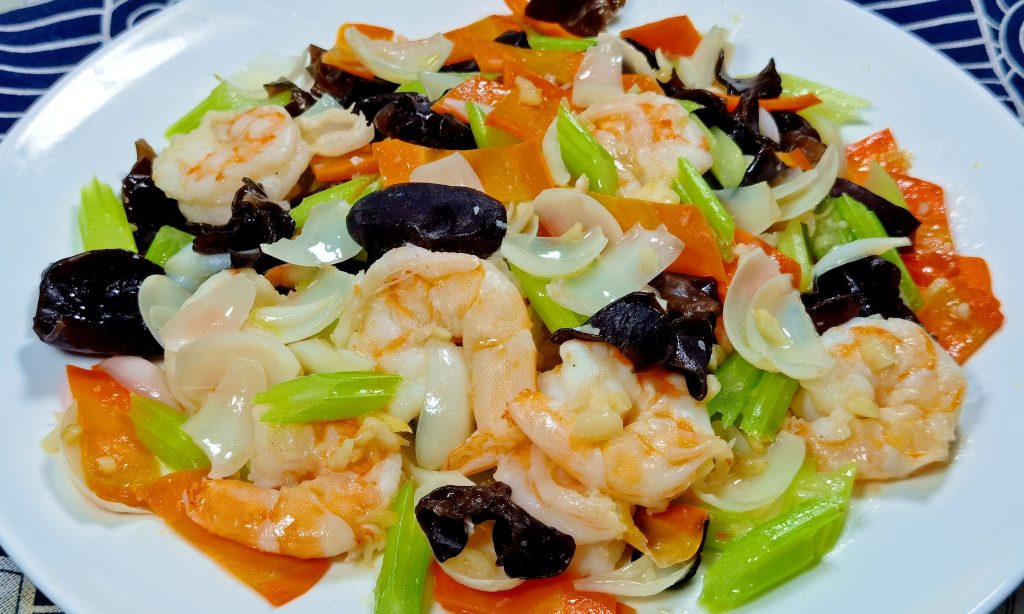Eating healthily is not just about choosing nutritious foods—it’s also about preparing them correctly. One essential technique in Chinese cooking is blanching, which is particularly important for some autumn vegetables.
Blanching (also called parboiling or scalding) involves briefly boiling vegetables in water before further cooking. This process helps to:
- Remove oxalates, pesticide residues, purines, nitrites, and other potentially harmful compounds
- Reduce unpleasant flavors and odors
- Preserve color, texture, and nutrient retention
Here are four autumn vegetables that must be blanched to ensure they are safe and delicious.
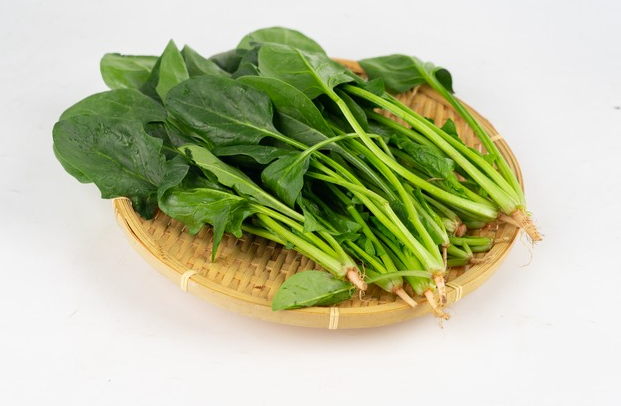
1. Spinach
Spinach is a nutrient powerhouse, often called a “model vegetable,” but it contains high levels of oxalates, which can hinder calcium and iron absorption and may contribute to kidney stones.
Blanching tips for spinach:
- Use enough water to fully cover the leaves; insufficient water extends cooking time and affects texture.
- Add a pinch of salt or a few drops of oil to preserve bright green color by reducing chlorophyll oxidation.
- Keep the leaves whole during blanching.
- Blanch for 30–60 seconds, then transfer to cold water and drain. This removes roughly 30–87% of oxalates.
Recommended dish: Spinach with Scrambled Eggs
- Ingredients: fresh spinach, 3 eggs, salt, oyster sauce, soy sauce, scallions
- Method: Blanch spinach, drain, chop. Scramble eggs in hot oil, then stir-fry with spinach, season, and serve.
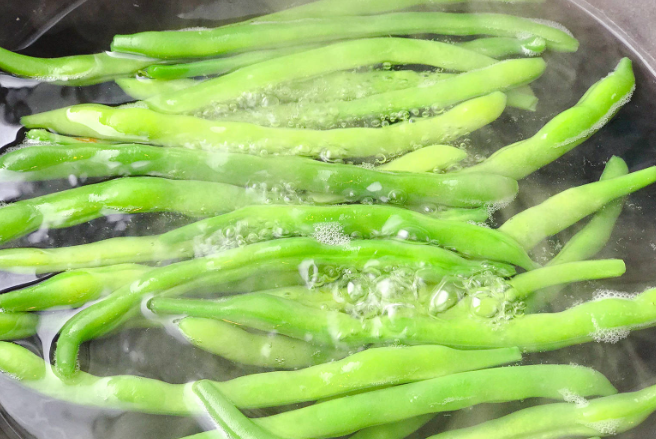
2. Green Beans
Green beans contain saponins and lectins, which can irritate the digestive system and potentially cause nausea, vomiting, or diarrhea. Blanching reduces these toxins and preserves their vibrant color and crisp texture.
Recommended dish: Stir-Fried Green Beans with Shredded Pork
- Ingredients: green beans, lean pork, red pepper, garlic, ginger, scallions, salt, soy sauce
- Method:
- Slice pork and marinate with salt, soy sauce, and starch
- Blanch green beans, cool in water, then cut into pieces
- Stir-fry pork, remove; sauté garlic, ginger, and red pepper
- Add green beans and pork, stir-fry, season, and serve
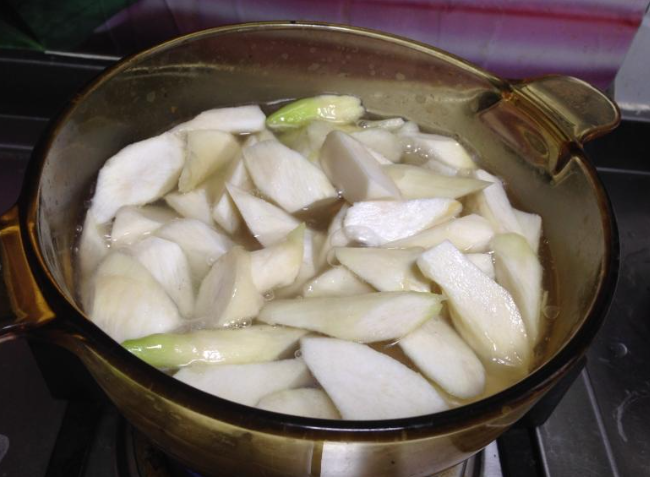
3. Water Bamboo (Zizania latifolia, or Jiaobai)
Water bamboo is tender and slightly bitter. It may contain high levels of nitrites and potential parasites from wet cultivation environments. Blanching:
- Reduces bitterness
- Removes nitrites
- Ensures food safety
Recommended dish: Water Bamboo with Cured Meat
- Ingredients: water bamboo, cured pork, red pepper, garlic, ginger, soy sauce
- Method:
- Soak cured pork, slice thinly
- Blanch water bamboo, drain
- Stir-fry pork until slightly crisp, add aromatics and red pepper
- Stir in water bamboo, season, and serve
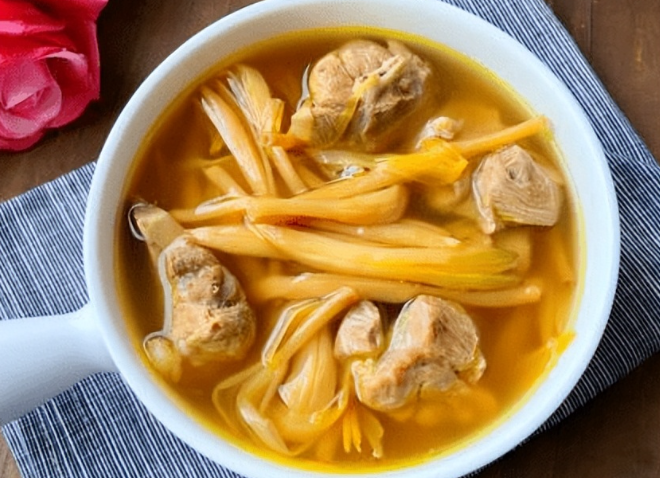
4. Fresh Daylily (Golden Needle Flower, Huanghua Cai)
Fresh daylilies contain colchicine, a toxic compound. Consuming just 0.1–0.2 mg (about 30–60 g fresh) can cause nausea, vomiting, abdominal pain, or diarrhea. Blanching significantly reduces the toxicity.
Tip: Dry daylilies are safer, as the drying process destroys most toxins.
Recommended dish: Daylily Pork Rib Soup
- Ingredients: fresh daylilies, pork ribs, ginger, salt, goji berries, pepper, scallions
- Method:
- Blanch pork ribs to remove blood
- Boil ribs with ginger, then add blanched daylilies
- Simmer until tender, season, and garnish
Blanching Tips for All Vegetables
- Time: Leafy greens 30–60 seconds; beans 3–5 minutes. Avoid overcooking to preserve nutrients.
- Water: Fully cover vegetables; add to boiling water to maintain heat.
- Cooling: Immediately immerse in cold water to retain crispness and color.
Blanching may seem like an extra step, but it enhances flavor, safety, and nutrition, making your autumn meals healthier and more enjoyable.

